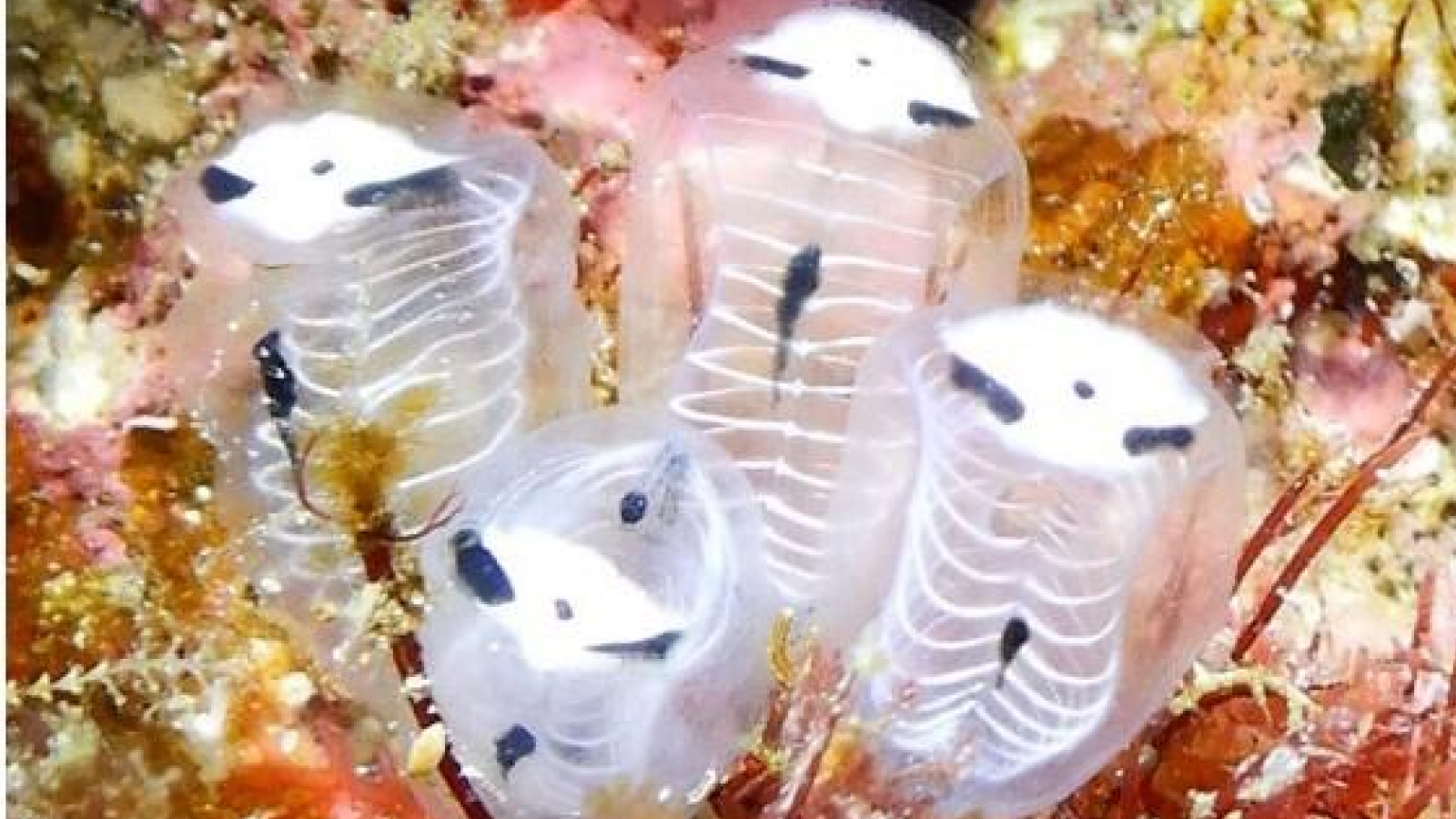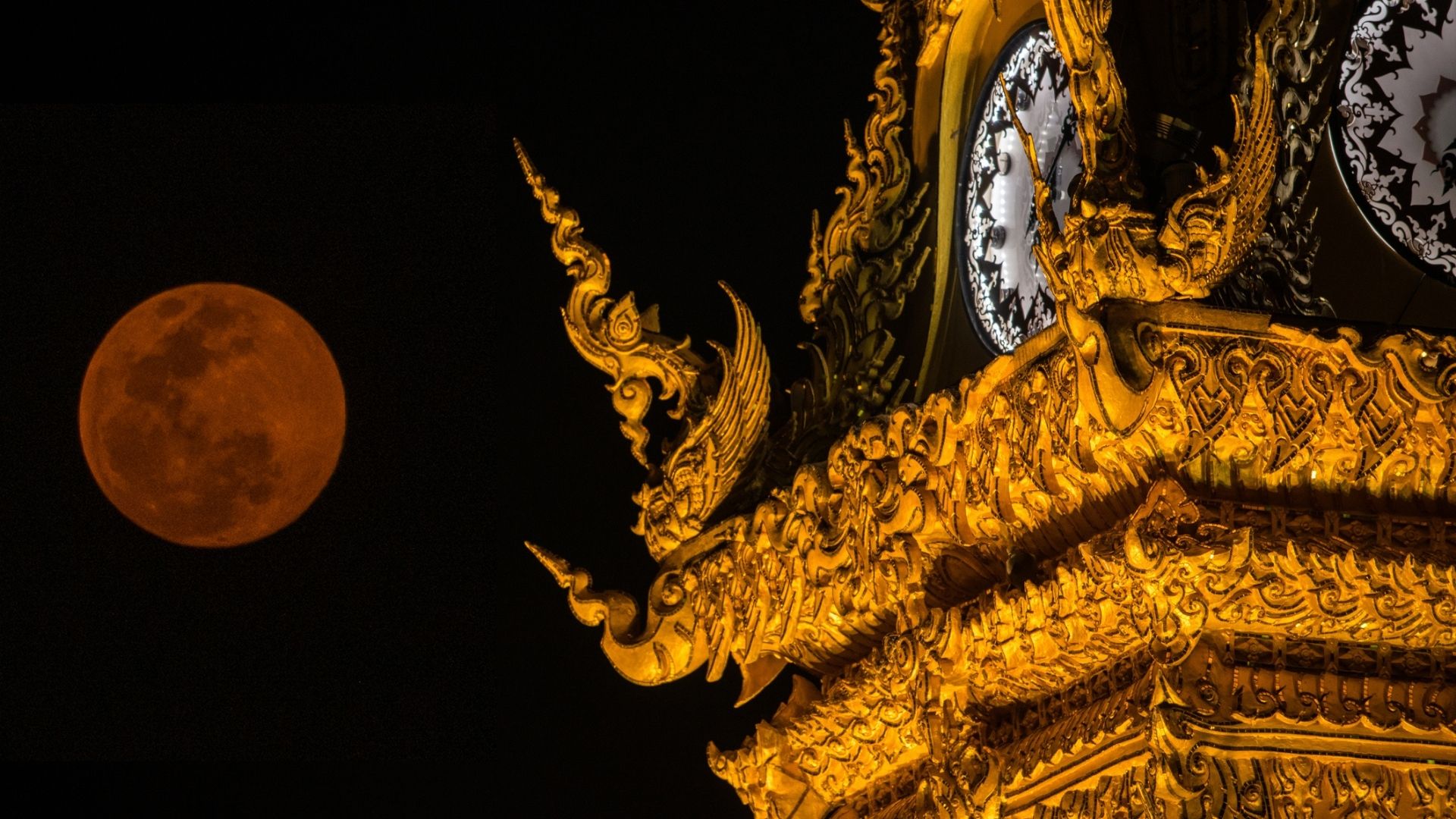Skeleton panda sea squirt: The weird little creature that looks like baby panda dressed up for Halloween
Scientists discovered this little panda skeleton that lives off the coast of a Japanese island was a new species after scuba divers posted photos of it online.

Name: Skeleton panda sea squirt (Clavelina ossipandae)
Where it lives: Off the coast of Kumejima, Japan
What it eats: Plankton and other small organic materials
Why it's awesome: Resembling a baby panda in a Halloween costume, this adorable species of ascidians, or sea squirts, was first described by scientists in 2024.
"The white parts that look like bones are the blood vessels that run horizontally through the sea squirts' gills. The black parts on the head that look like a panda's eyes and nose are just a pattern, and we don't really know why the pattern is there," Naohiro Hasegawa, a researcher at Hokkaido University and co-author of the study that first described the species in the journal Species Diversity, told Reuters.
Related: Barreleye fish — the deep-sea weirdo with rotating eyes and a see-through head
Photos of these unusual animals first appeared online in around 2017. Researchers saw photos posted by a diving center and realized they might be something scientists had never seen before. The researchers then analyzed specimens collected by divers and confirmed it was a never-before-described species.
Get the world’s most fascinating discoveries delivered straight to your inbox.
The researchers who described the strange animals called them "gaikotsu-panda-hoya, "which translates to "skeleton panda ascidian" because of the distinctive markings that make them look like a bony body with a panda's face and wide-open mouth.
The scientific name of this odd species also refers to its appearance: in Latin, Clavelina means "little bottle" while ossipandae comes from "os" meaning bones, and panda.
Other sea squirts bear similar markings: C. moluccensis — also known as the bluebell sea squirt — has skeletal stripes and dark blue dots on its pale blue body while c. picta — the painted sea squirt — has similar spots and rib-like stripes.
Like other sea squirts, skeleton pandas are filter-feeding marine invertebrates that attach themselves to the substrate and pump water through their siphons to filter nutrients from the water. They grow less than an inch long (20 millimeters) and are found in shallow waters of up to 66 feet (20 meters).

Melissa Hobson is a freelance writer who specializes in marine science, conservation and sustainability, and particularly loves writing about the bizarre behaviors of marine creatures. Melissa has worked for several marine conservation organizations where she soaked up their knowledge and passion for protecting the ocean. A certified Rescue Diver, she gets her scuba fix wherever possible but is too much of a wimp to dive in the UK these days so tends to stick to tropical waters. Her writing has also appeared in National Geographic, the Guardian, the Sunday Times, New Scientist, VICE and more.
 Live Science Plus
Live Science Plus






